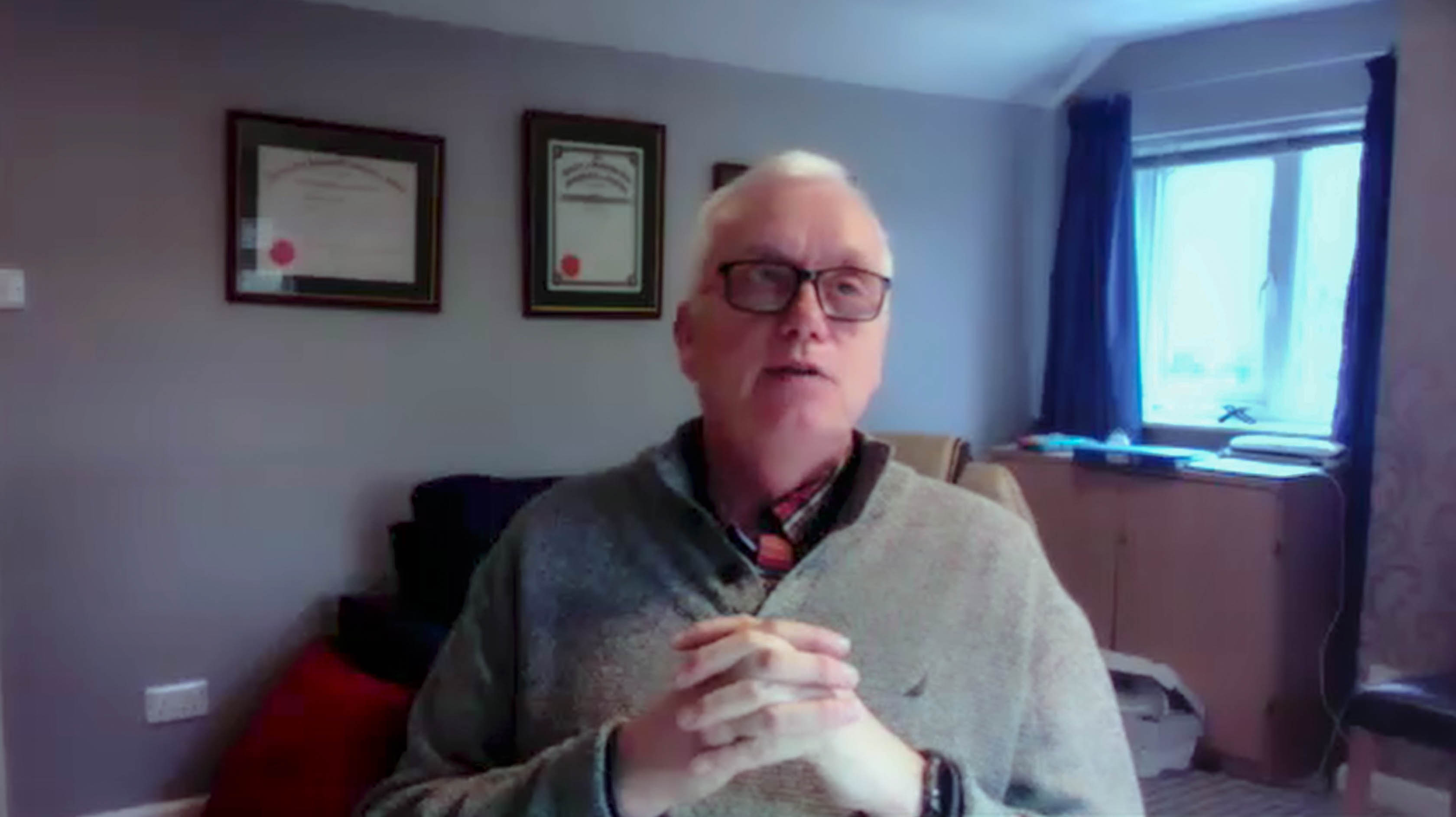
Valuation Metrics
Cofounder and Former Commercial Director at The Access Group
inpractise.com/articles/software-valuation
Why is this interview interesting?
- How to analyse churn and EV / EBITDA valuation metrics during M&A due diligence
Chris Tossell
Cofounder and Former Commercial Director at The Access Group
Interview Transcript
Is there a certain churn rate or a maximum churn that you’d look at or a maximum valuation that you would have, at that point?
For churn rate, we always look to see if they could get down to our 4%. We, ourselves, were working on a set of KPIs for our business, in order to sell it. If you do private equity, that’s what you’re trying to do; you’re trying to sell your business. So we didn’t want to buy a business that destroyed our KPIs. If they had a 10% churn rate, either we have to think that we can completely change that, or we wouldn’t buy it, because it would be affecting our overall churn rate for the business.
Metrics wise, you then come down to multiples of EBITDA or multiples of revenue. For a traditional business and in the early times of, maybe, SaaS businesses, we would be looking at EBITDA. We had a vision of what we would be able to sell our business at, in 2015, 2016 and we were always working on the fact that we bought the business, as ourselves, when we did the private equity deal, at about an eight, nine times multiple. As well as growing the business, we wanted to increase that multiple, because that is a big value.
So we always worked on the fact that we would start at 12 times multiple. If we could buy a business at seven times multiple EBITDA, or even up to nine, then we would always think we had an arbitrage, going down the track. If they came back with, I make £300,000, I want 10 times, that’s £3 million, we’d say, look, we are a business that is nine times the size of you and we only paid nine times. That’s all we got. So we can’t pay you more than nine, because if we pay you more than nine, it devalues our business. That was always a strong argument as to how we would get to a deal.
We would be trying to buy at a seven to nine times multiple on EBITDA. As we went down the track with SaaS, the key KPI there is growth rate. If a business could show that they were doing 30% to 40% annual growth in their SaaS subscriptions, year on year, and they had that track record for two to three years, then we would be willing to look at a revenue multiple for that business.
Now, I’m quite sure, as Access is now a very big business, a couple of hundred million quid, they can afford to buy a loss-making business. They would probably say, we’ll pay a revenue multiple, I don’t really care what your bottom line looks like, because you’re running your business at 50% a year, so we want some of that. But for us, we were also looking for it to be, at least, a profitable business and then we would pay two to three times revenue, based on annual renewal subscriptions.
Copyright Notice
This document may not be reproduced, distributed, or transmitted in any form or by any means including resale of any part, unauthorised distribution to a third party or other electronic methods, without the prior written permission of IP 1 Ltd.
IP 1 Ltd, trading as In Practise (herein referred to as "IP") is a company registered in England and Wales and is not a registered investment advisor or broker-dealer, and is not licensed nor qualified to provide investment advice.
In Practise reserves all copyright, intellectual and other property rights in the Content. The information published in this transcript (“Content”) is for information purposes only and should not be used as the sole basis for making any investment decision. Information provided by IP is to be used as an educational tool and nothing in this Content shall be construed as an offer, recommendation or solicitation regarding any financial product, service or management of investments or securities.
© 2026 IP 1 Ltd. All rights reserved.


